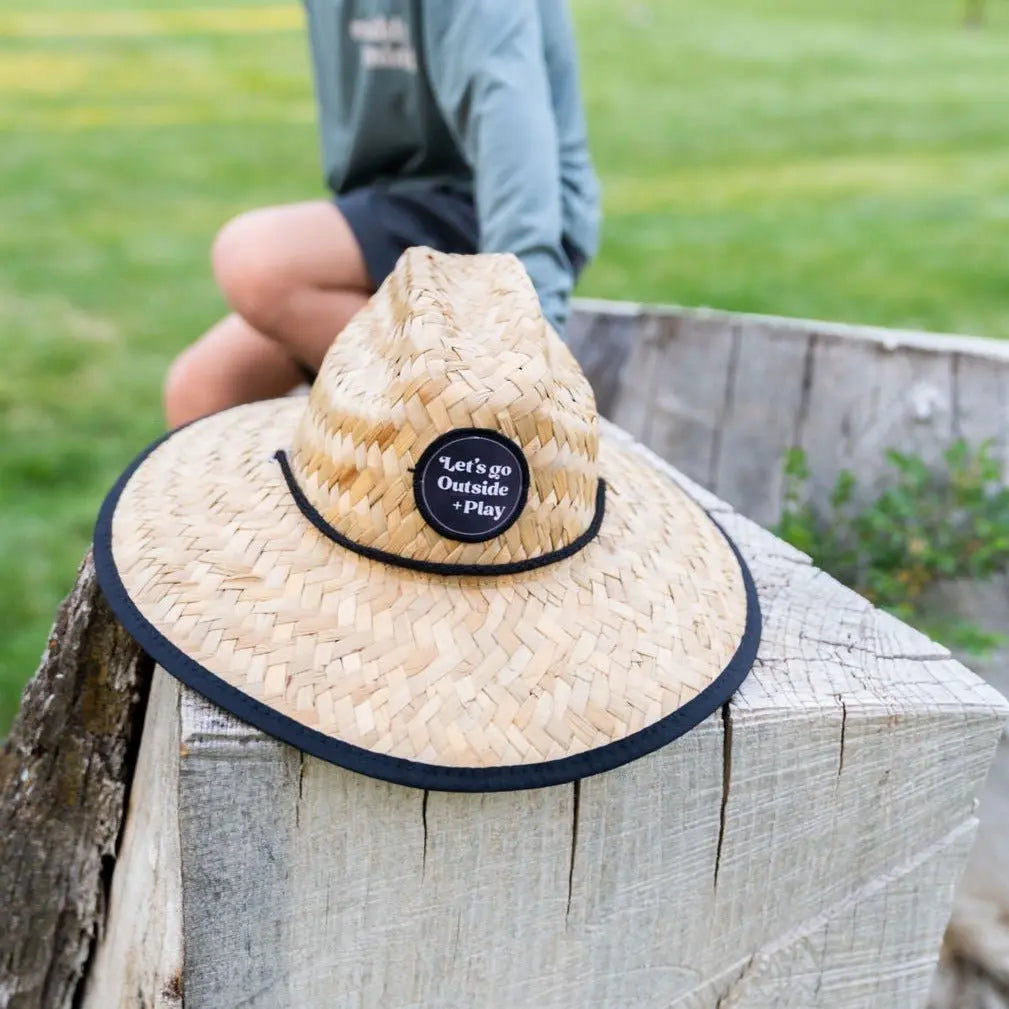Up to 30% off on ONE shirts and Rash guards when you get one for you and one for your little one to match. Automatically applies at checkout.

How to Handle Outdoor Meltdowns: Strategies for Overstimulated Children
How to Handle Outdoor Meltdowns: Strategies for Overstimulated Kids
Spending time outdoors is an excellent way for kids to explore, play, and engage with nature. But for some children, particularly those with sensory sensitivities, the great outdoors can be overwhelming. Bright sunlight, loud environments, unfamiliar textures, and unpredictable elements can lead to sensory overload, resulting in meltdowns. Here’s how to prevent, recognize, and manage sensory overstimulation so your child can enjoy outdoor adventures stress-free.
Understanding Sensory Overload in Outdoor Settings
Sensory overload happens when a child’s nervous system becomes overwhelmed by too much sensory input. Common triggers in outdoor environments include:
🌞 Bright Sunlight – Too much exposure can cause discomfort and stress.
🌊 Loud Noises – Crowded parks, waves crashing, or wind rustling can overwhelm sensitive ears.
🧴 Uncomfortable Textures – Sand, grass, or dirt may feel unpleasant on bare skin.
🏃 Unpredictable Situations – Changes in weather, crowds, or unexpected interactions can trigger anxiety.
Learn more about sensory play from the American Occupational Therapy Association.
Preventing Sensory Overload Outdoors
Prevention is key when it comes to managing meltdowns. Here’s how to create a sensory-friendly outdoor experience:
✅ Choose Low-Stimulation Locations – Start with quiet parks, shaded trails, or small nature preserves before attempting busier areas.
✅ Dress for Comfort – Soft, moisture-wicking clothes and sensory-friendly fabrics can help prevent discomfort.
✅ Pack Sensory Tools – Noise-canceling headphones, sunglasses, hats.
✅ Keep Routines Predictable – Prepare your child in advance by explaining what to expect.
Recognizing the Signs of Overstimulation
It’s essential to recognize the early signs of sensory overload before it escalates into a full meltdown. Watch for:
- Increased irritability or frustration
- Covering ears or eyes
- Avoiding physical contact with certain surfaces
- Seeking out repetitive movements like spinning or rocking
- Sudden withdrawal or refusal to participate
If you notice these signs, take immediate steps to reduce sensory input and provide comfort.
How to Calm an Overstimulated Child Outdoors
When a meltdown happens, staying calm and having a plan in place can make all the difference. Here are strategies to help your child regain control:
🧘 Find a Quiet Space – Move to a shaded, quiet area to reduce external stimulation.
🤗 Use Deep Pressure Techniques – A firm hug, weighted blanket, or gentle pressure on the shoulders can be soothing.
🌬 Encourage Deep Breathing – Guide your child in taking slow, deep breaths to help them self-regulate.
👐 Offer a Comfort Item – A favorite toy, blanket, or sensory object can provide a sense of familiarity and security.
💧 Hydrate & Cool Down – Offer a drink of water and a cool cloth for their forehead.
Creating a Sensory-Friendly Outdoor Routine
With the right strategies, kids can build resilience and enjoy nature without becoming overwhelmed. Here’s how:
📅 Plan Outdoor Time During Calm Hours – Early mornings or late afternoons tend to be quieter.
🌲 Incorporate Nature-Based Sensory Play – Activities like water play, digging in the sand, or collecting leaves engage the senses gently.
🚶 Allow for Breaks – Build in quiet downtime to prevent overstimulation.
🔄 Practice Gradual Exposure – Slowly introduce new textures, sounds, and environments to help build tolerance over time.
Final Thoughts: Helping Kids Thrive in Nature
Outdoor play should be an enjoyable and enriching experience for every child. By understanding sensory sensitivities and using proactive strategies, parents can help their kids feel comfortable and confident in outdoor environments. With patience and the right tools, every child can build a positive relationship with nature.
For more sensory-friendly outdoor tips, visit our Play Outside blog.














